Your Comprehensive Guide to Understanding and Managing Male Urinary Incontinence
Introduction: Understanding Male Incontinence
Male incontinence treatment refers to the methods and tools used to manage and reduce urinary leakage in men. Though often seen as an awkward topic, male urinary incontinence is more common than many realize, and it is highly manageable with the right knowledge and resources.
Male urinary incontinence can have many causes, including an overactive bladder, prostate issues, nerve damage, or age-related changes in the body. Thankfully, there are numerous effective treatment options available—many of which are non-surgical and can significantly improve a man’s quality of life. This practical guide for men, caregivers, and healthcare professionals explores male incontinence treatments and solutions.
What Causes Urinary Incontinence in the Elderly?
This is a question that many aging men and their families work through when the first signs of incontinence start to show. As men age, several physiological changes contribute to incontinence, including:
- Decreased bladder elasticity: The bladder loses its ability to stretch and hold urine, leading to more frequent and unexpected urination.
- Weakened pelvic floor muscles: These muscles support the bladder and urethra, and their weakening can cause leakage during physical activity or sudden movement.
- Enlarged prostate: This common condition in older men can block the flow of urine and increase the urgency to urinate.
- Neurological disorders: Conditions such as Parkinson’s disease, stroke, or diabetes-related nerve damage can impair bladder control.
Understanding the root causes of male incontinence is essential for selecting the most appropriate treatment—consulting a healthcare provider and having the right set of tools and strategies is crucial.
Non-Surgical Treatment Options for Male Incontinence
For many, the best solutions for male incontinence consist of non-invasive, non-surgical treatment strategies that can be implemented easily at home or with the help of medical devices. These include the following changes and products:
1. Lifestyle Modifications
- Pelvic Floor Exercises: Strengthening the muscles that impact urination can greatly reduce leakage and increase bladder control.
- Bladder Training: Techniques such as scheduled bathroom visits help condition the bladder to urinate at regular and predictable intervals.
- Fluid and Diet Management: Reducing caffeine and alcohol intake, while maintaining proper hydration, can lessen symptoms.
2. Incontinence Devices
One of the most effective non-surgical tools is the penile clamp, a device designed to apply gentle pressure to the urethra and stop urinary leakage. Visist our incontinence products page for specifications, instructions, and purchase options. And we also recommend checking our article about how to use a penile clamp safely and correctly.
Lunderg’s incontinence clamps are made from comfortable medical-grade materials, allowing long-term wear without discomfort or skin irritation. They are discreet and can be easily adjusted for individual needs, making them particularly useful for active men who wish to maintain normal daily routines.
Best Penile Clamp for Incontinence
- Adjustable pressure settings for a customized, comfortable fit.
- Soft materials that reduce the risk of itching and skin irritation.
- Lightweight and discreet design ideal for everyday wear and activity.
By combining an innovative top-down pressure hinge with two distinct top stabilizer pads and three different bottom stabilizer pads, finding your perfect fit is now easy. The Freedom Clamp’s design prioritizes function, preventing uncomfortable compression of penile tissue and setting it apart from other clamps.
Unlike classic foam clamps that require hours to dry and pose challenges for long-term sanitization, the Freedom Clamp can be reused within seconds after washing and drying. Made of lightweight medical-grade silicone, it avoids heavy metals that rust or trigger security detectors.
Urine Bags for Men: A Day-to-Day Solution
For men seeking a portable and discreet solution, urine bags with absorbent pads provide reliable management throughout the day. These are designed for:
- Mobility: Ideal for travel, work, or extended outdoor activities.
- Comfort: Absorbent pads keep skin dry and reduce irritation or infection risk.
- Discretion: Low-profile designs make them easy to wear under clothing without visibility.
Explore Lunderg’s urine bags for men to find the products that best fit your needs.
What You Need to Know About Male Urge Incontinence
Male urge incontinence refers to the sudden, intense need to urinate, often resulting in leakage before reaching a restroom in time. Common triggers include:
- The sound of running water
- Sudden position changes and movements
- Stress or anxiety due to external events or incontinence itself
Treatment strategies include:
- Bladder training and scheduled restroom visits
- Regular pelvic floor exercises
- Use of devices like penile clamps or urine bags for added security
Managing this condition often requires a combination of lifestyle changes, planned routines and exercises, and incontinence aids.
Consulting a Healthcare Professional
While over-the-counter products and lifestyle changes can offer significant relief, it’s essential to consult a healthcare professional. A doctor or urologist can:
- Diagnose the underlying cause of incontinence
- Recommend appropriate treatment plans
- Monitor progress and adjust treatments as needed
Medical professionals can also determine whether the incontinence signals a larger health issue—such as prostate problems, diabetes, or neurological disorders—or whether it simply relates to natural aging.
Working with a healthcare provider ensures that men use the most effective combination of treatments, including the proper fit and use of incontinence devices discussed in this article.
Conclusion: Take Control of Male Incontinence
Male incontinence may be challenging, but it is far from insurmountable. Through awareness, support, and access to the right tools—such as pelvic floor exercises, incontinence clamps, and discreet urine bags—men can regain control of their health and lifestyle.
Lunderg’s innovative products, like the penile clamp and urine bags with absorbent pads, are designed to provide freedom, comfort, and confidence. Learn about your options, seek professional advice, and adopt the tools and strategies that work best for you. Incontinence doesn’t have to define your life; with the right approach, a healthier, more comfortable, and more confident future is within reach.

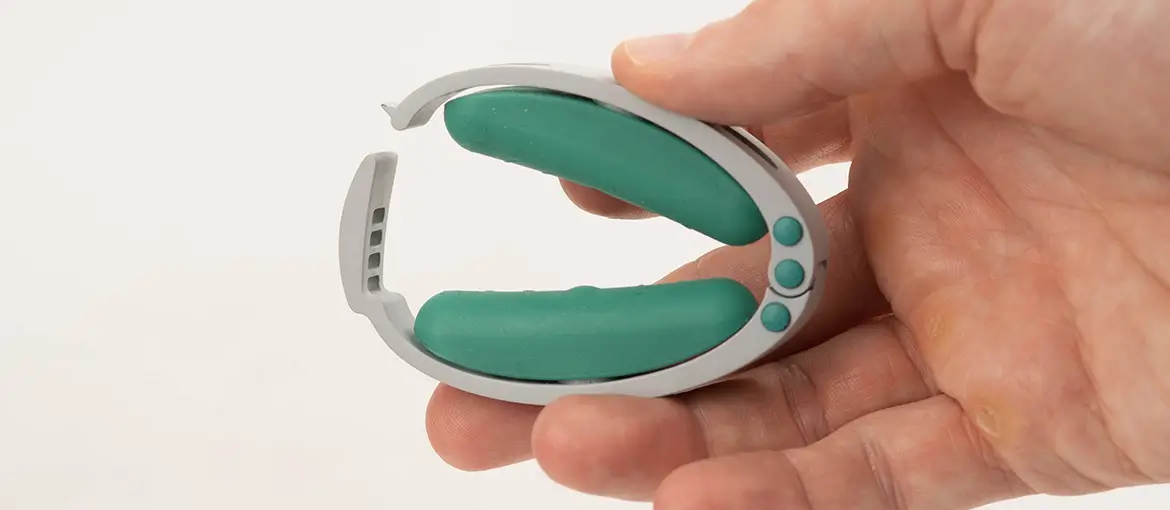

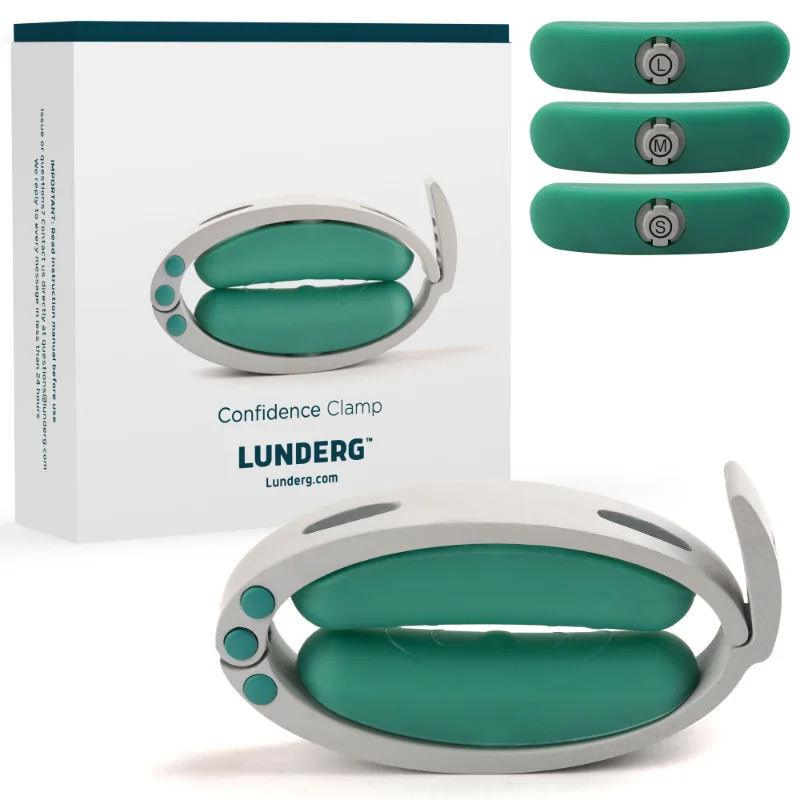
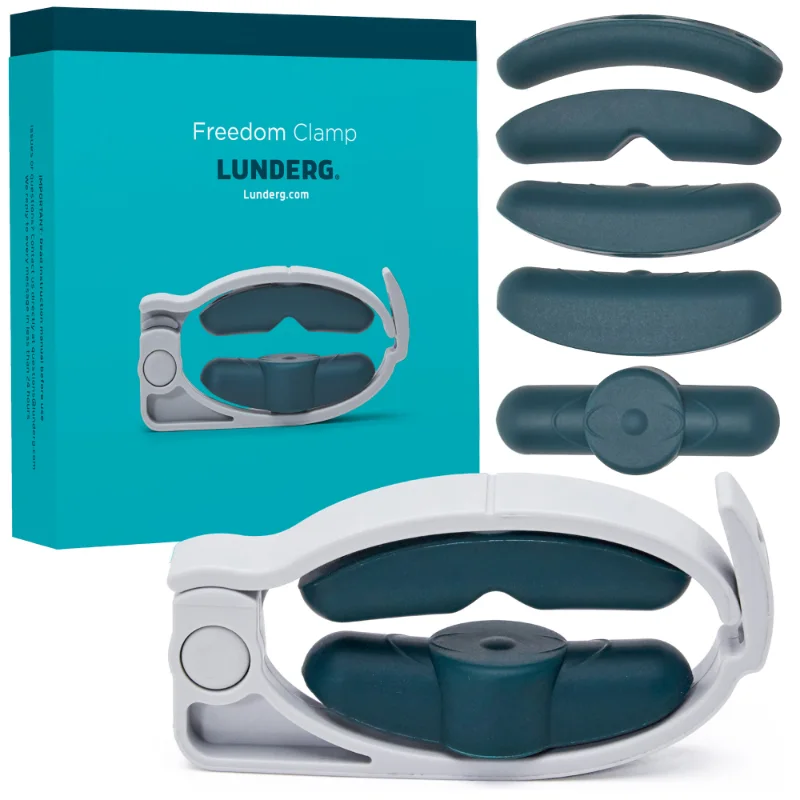
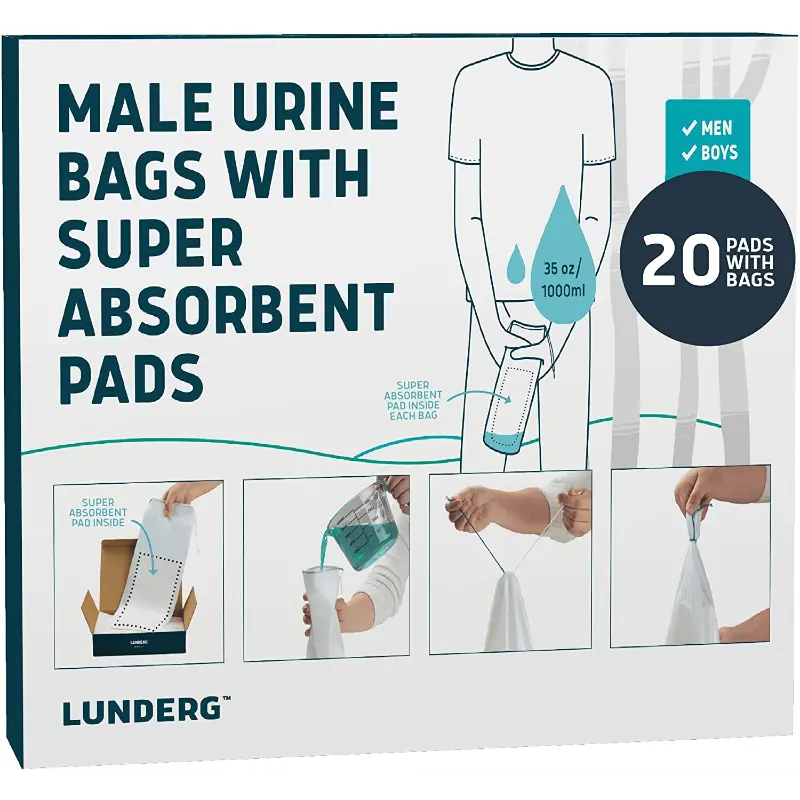
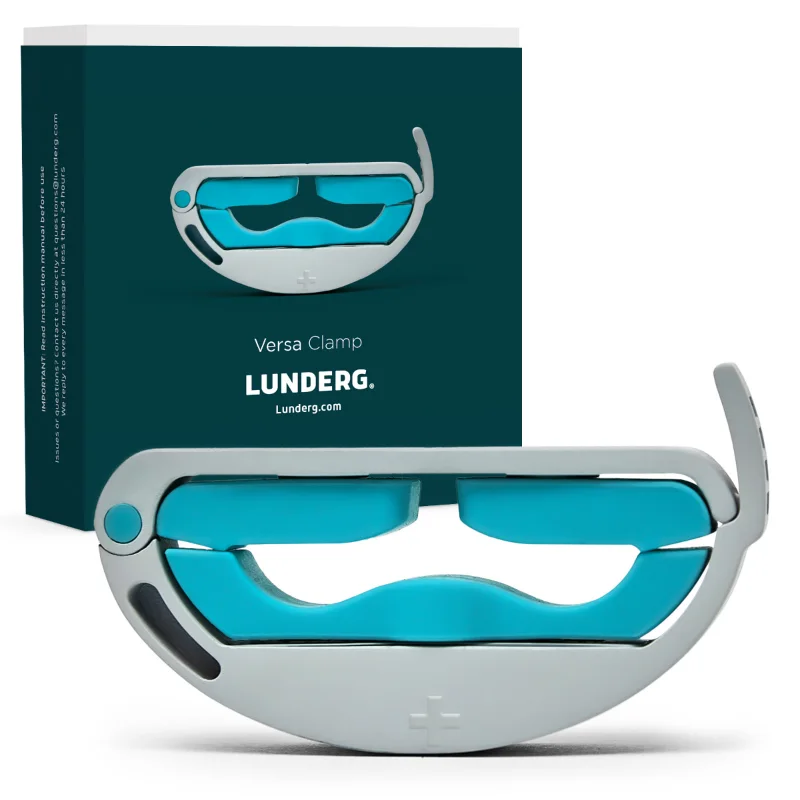

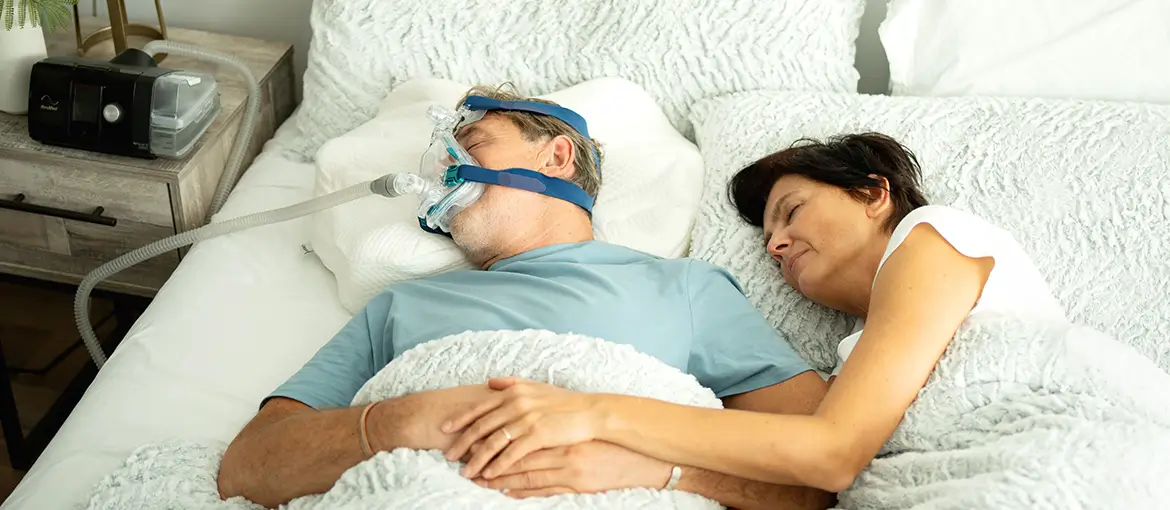



Comments(0)